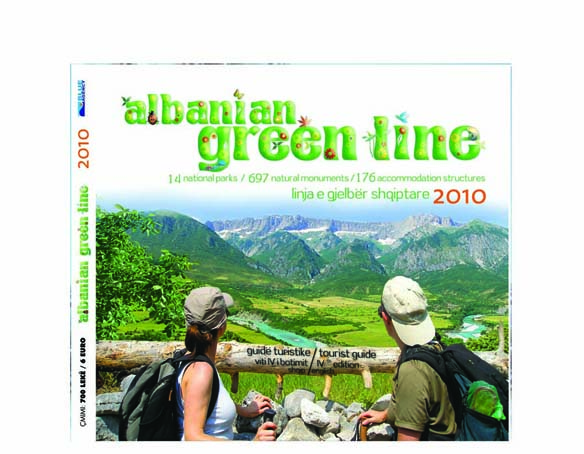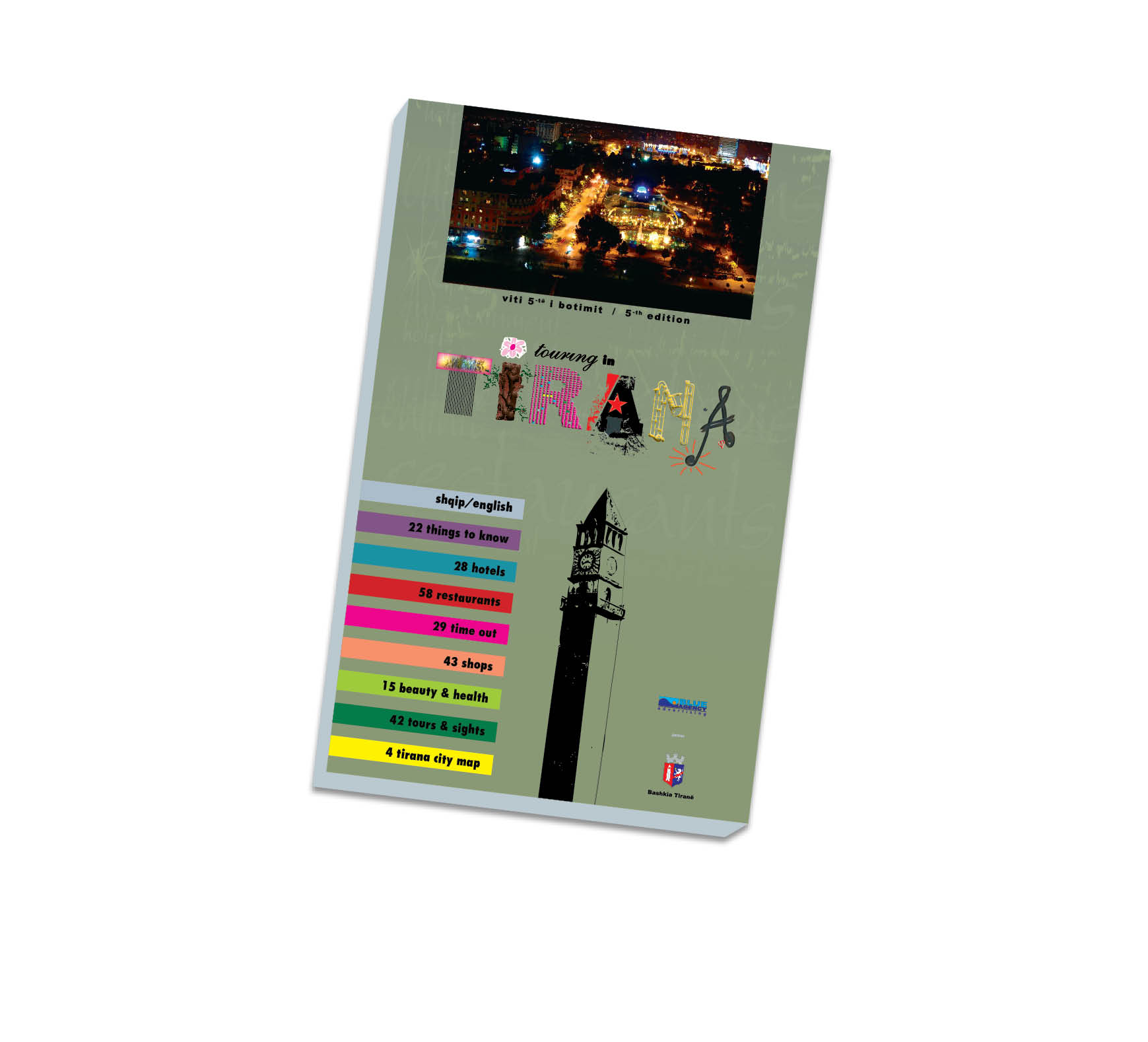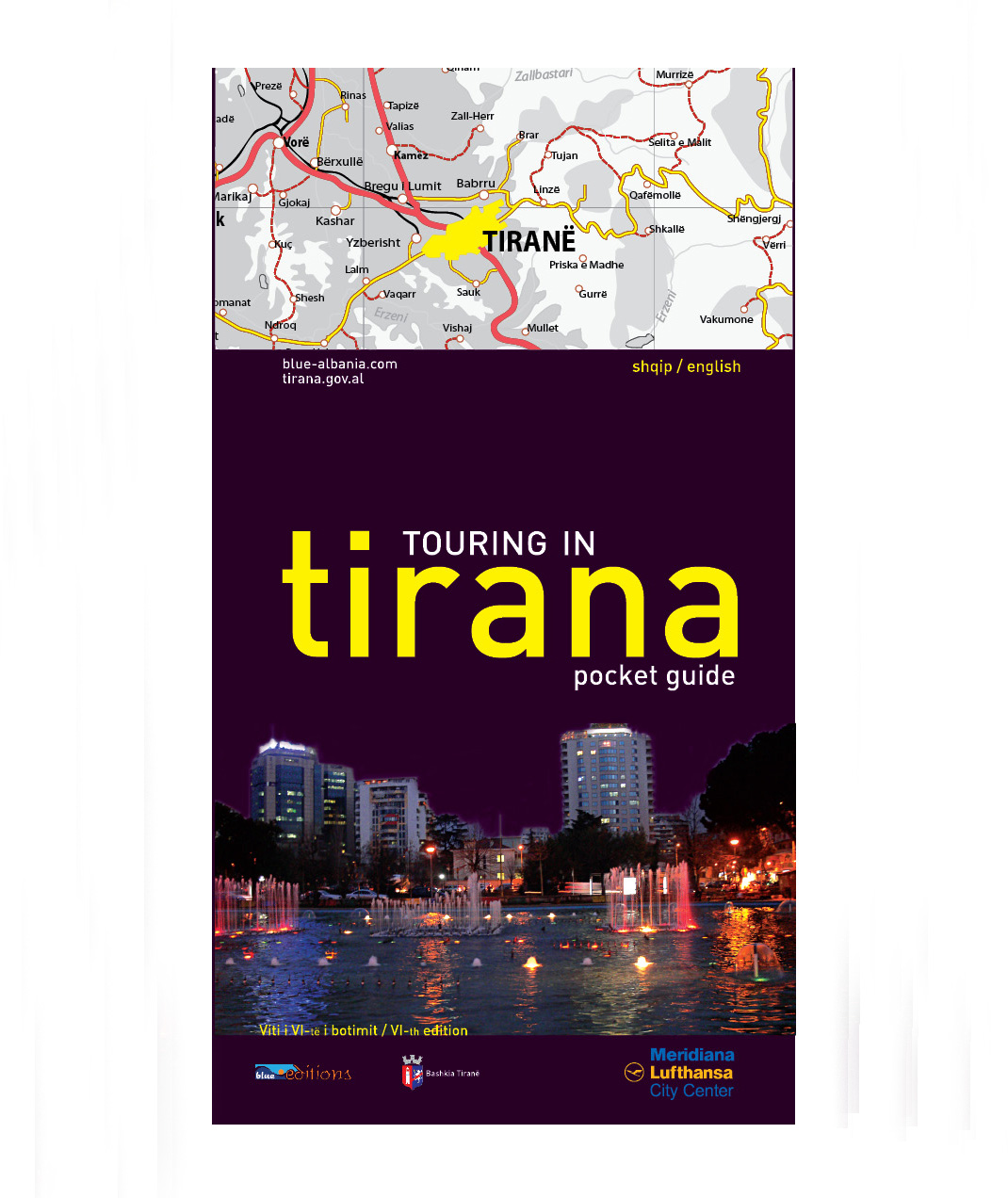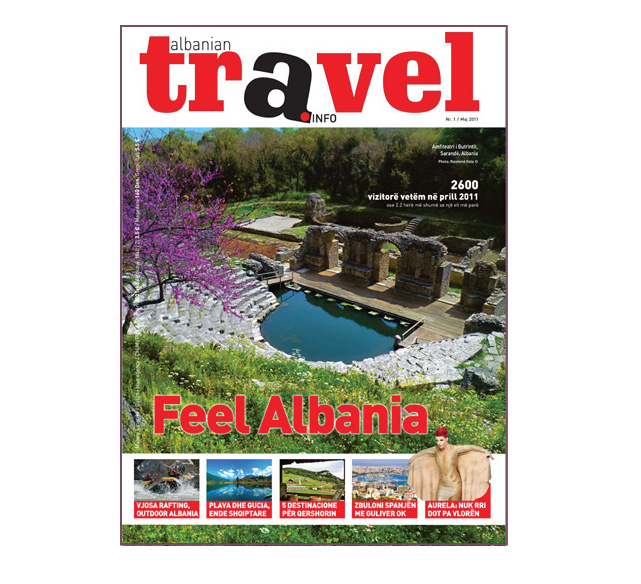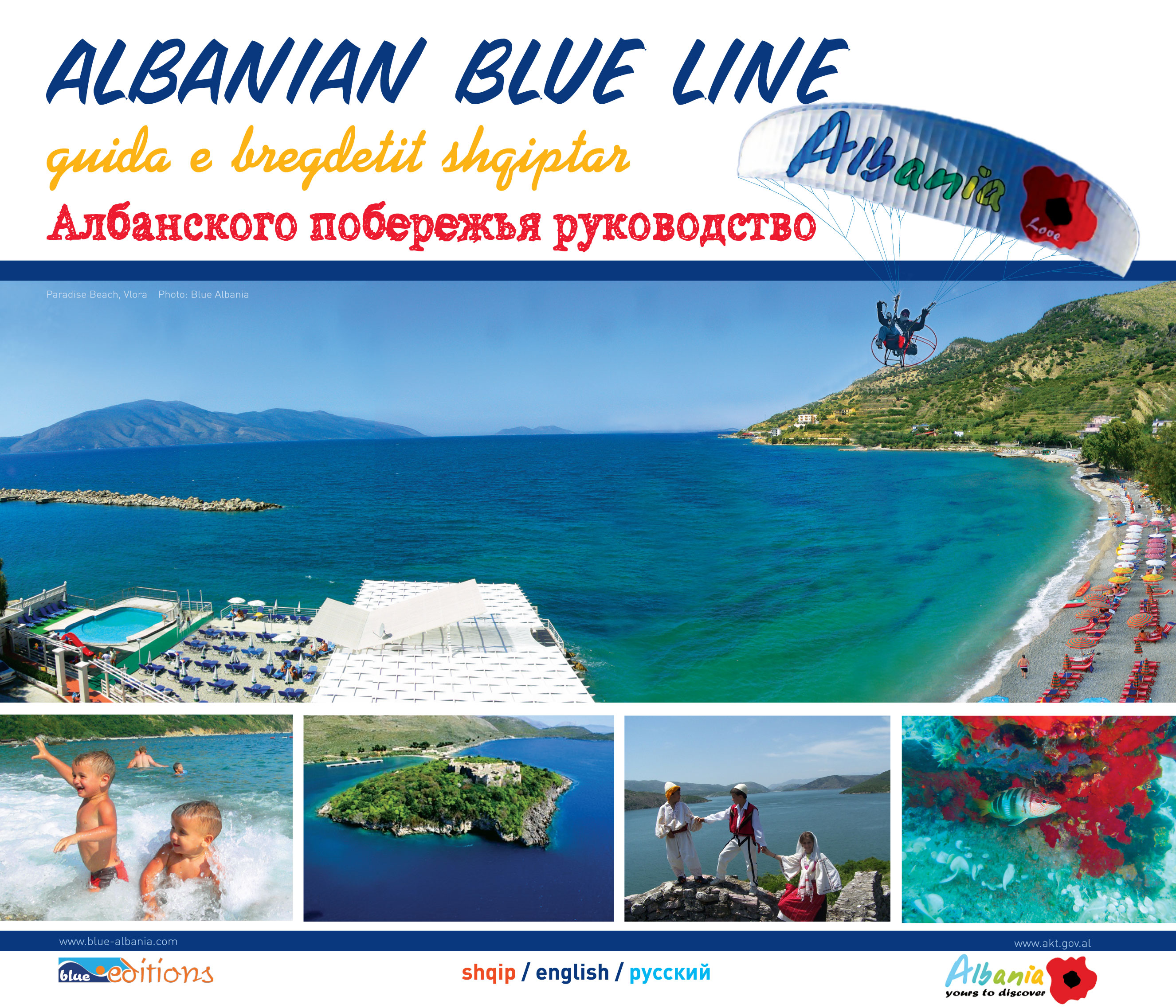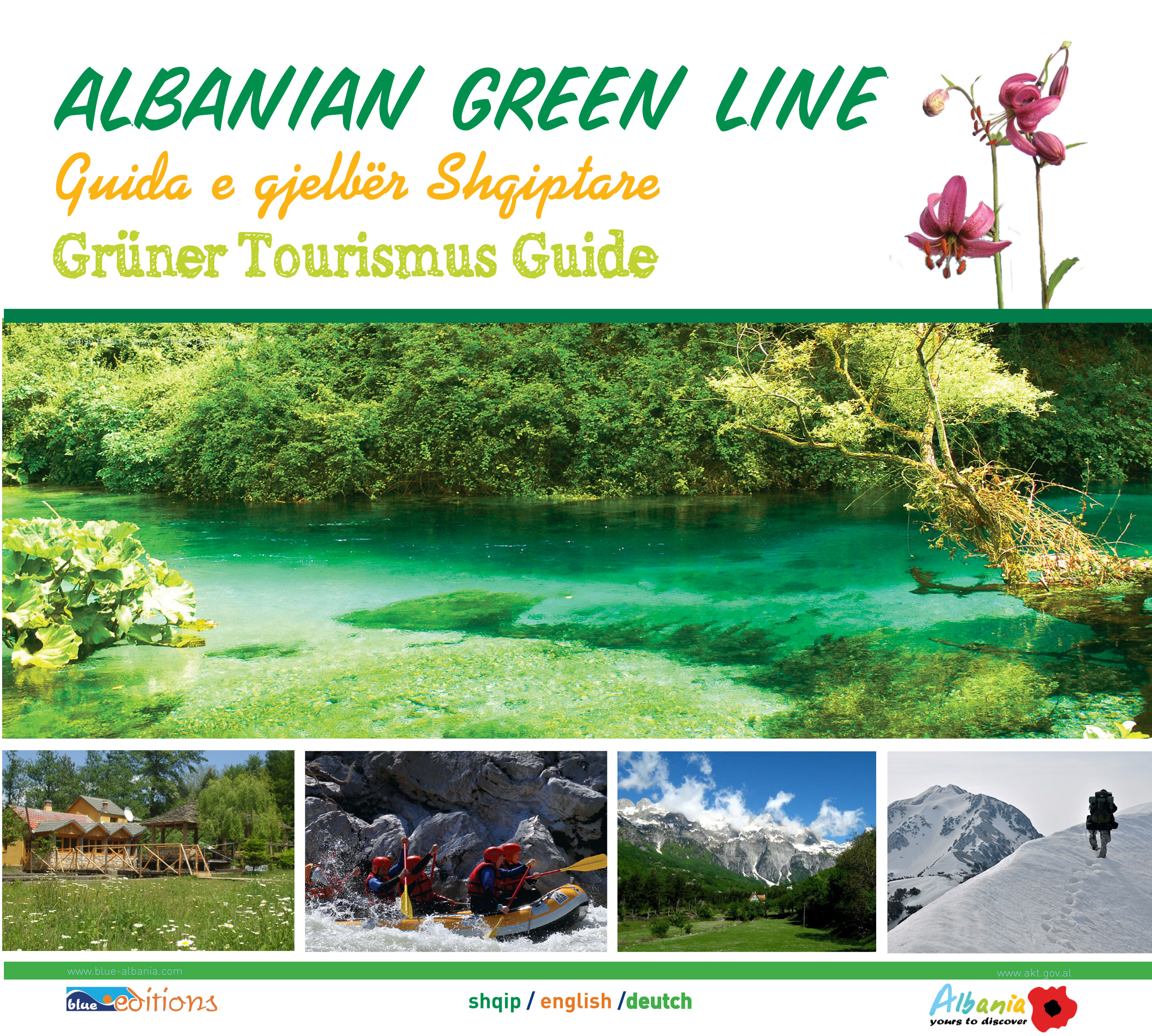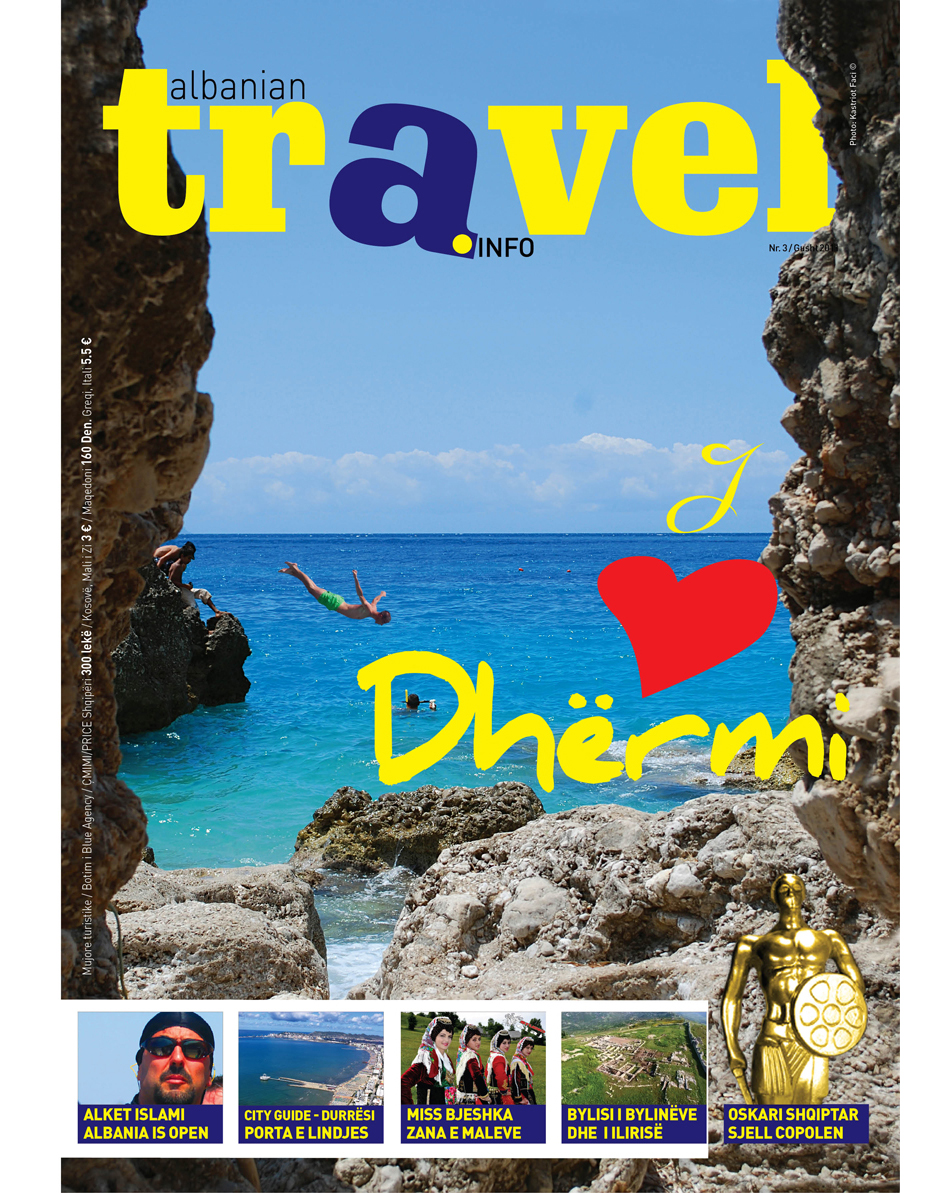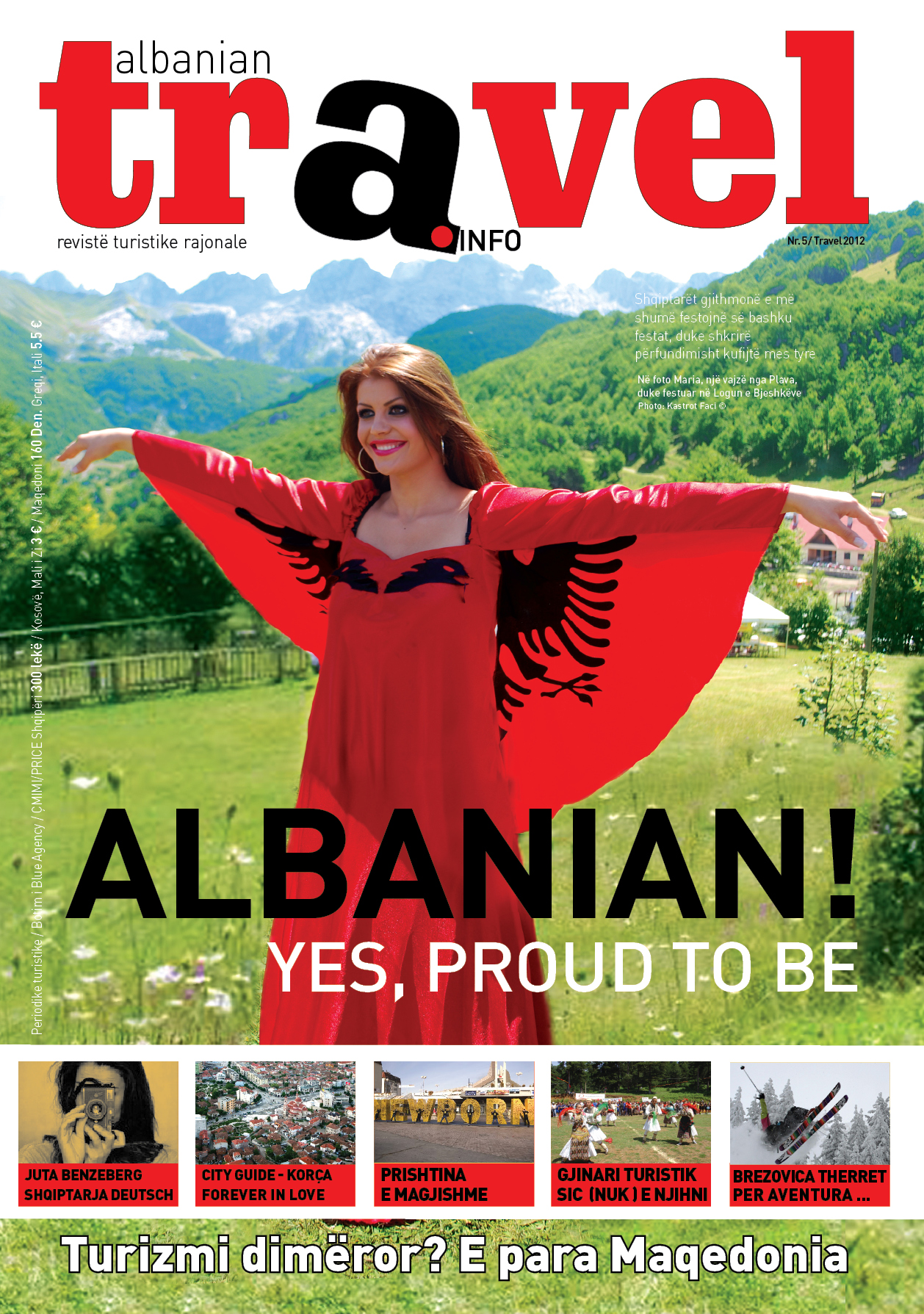Lezha General Info
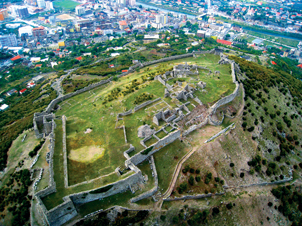
As a town Lezha represents something very important and special. From the geographic and ecologic point of view, Lezha consists in a wonderful caleidoscop of naturealmost a ecologic dinasty where the mountain, the land, the forest, the monuments, the lagoon, the sea and the other parts of her nature compose an expessed unity. In this sence Lezha is the favorite of the centuries sinthesy of nature’s work and of the people with and glorious aureole of history and art. Is not neccessary to knock on the getaways of e Lezha and recognising her values you can only wonder and be amazed from her beauties.
Lezha is an everlasting invitation and a special aesthetic invitation of the things that express the civilisation of Illyrians, a rich station of erudition during the milleniums, and a place of special pleasure for the habitants and travelers. Every mythologic story about Lezha is foregoing for her history, full of motives and contrasts. It not in vain that Ana Komnena calls Lezha a levitate city, watched from every point of view.
Every person lives with the metaphores of Lezha and this is the secret of her survival.
History
Lezha is one of the oldest towns in Albania, situated on the Adriatic coasts, founded in the 4th century B.C. from Illyrians. Its name was Liss and was a very important center of the Illyrian tribes. Lezha lies bewteen Zadrima Lowland at the north and Mati River at the south. In the medieval times was the dinasty of the Dukagjini family. After became property of the Venice and in the 15th century, was ocupated from the otomans. In the march 1444 in Lezha was founded “The Lezha Convent”, leaded by our national Hero, Gjergj Kastrioti Skënderbeu. There is alredy now, the tomb of our hero, which is a monument of culture.
Relief and climate
It is a rough relief, mixed in various geographical type of terrains, as coastline, field, hilly, mountainous, alpine etc, which create a wonderful mosaic, because of the close distances. Lezha lies from the Lowland of Shkodra, in North, until the coast of Mata in South, and from Highland of Pukë-Mirditë in North-East and East, until the Adriatic in West. The main part of territory of Lezha is characterized from the Mediterranean climate. The winter is soft and wet, while the summer is hot, dry and long. In the rural mountainous areas the winter is cold. The medium of degrees in the district goes to 15 grade, Celsius until 24-25 grade Celsius.
Culture and ethnography
One of the legacies and most precious assets in the Region of Lezha is the popular and its cultivated culture. Lezha is an area of diverse ethno-folk. Zadrima, is a particularly salient area for its distinctive dresses, the whole area is known for musical instruments, monophonic songs, singing dances, dancing etc. The culmination of this popular activity is the ensemble "Çiftelia" which has won two national folk festivals. Feature musical instruments that were forgotten, are used by this ensemble, making their performance quite original and interesting.
One researcher told to Lezha: "custom and village, home and Çiftelia (characteristic folk instrument). The elements of life, birth, marriage, death, are accompanied by certain rites, which are respected even today.
Lezha has given to the Albanian nation many prominent figures as Franc Bardhi, Father Gjergj Fishta, Ndre Mjeda, Shtjefën Gjeçovi etc.. Today this region is one of the most active in the celebration of the traditional events, which are part of the tradition of the area. Such are the days of the return of the sun for the summer (December 22 to 23), Night of Buzmi (24 December), New Year's Day, Summer day, St George (6 May), St Gjin (24 June), Feast of pomegranate etc..
Shengjini beach
5 km from Lezha, lies the Shëngjini port and beach with pure waters and white curative sand. Many people from all Albania and not only, come every summer to spend their holidays, in a complete infrastructure of hotels, resorts and restorants wich offer a high standart of services.
The beach lies among a long pine of forests which start at the centre of the beach and meet the deep forest of the lagoon. Where the beach meets the lagoon, lies the island of the naturists, which use the island for sunbathing. This area is appropriated also for the sport of the kite-surf, the only area in Albania.
Accommodation
A luxurious chain of hotels is built along the beach, starting from the zone called Rana e Hedhun, ending next to the island of naturists. The hotels are contemporary furnished, and offer a very high standard of service, because everything is built only during the last years.
Many hotels and restaurants are waiting for you along the Ishull-Lezhë and beyond, where is situated also the famous Hunting Loudge.
Gastronomy
You will find in the menu of all the restaurants of Shengjini the fresh fish which comes directly from the boats of the fishermen. But also you may enjoy the traditional Albanian cuisine, Mediterranean cuisine, the roasted meat, pizzas in wood baked etc. some of the restaurants keep the wine which comes from own wine-yards sources and offer it in very special ways, for example, in little fountains put on the garden of the restaurant. One of them keeps white wine and the other, the red one.
The lagoon of Kune-Vaini
Near of Shëngjini beach, is the Kunea-Vaini lagoon. It is one of the richest lagoons in whole Albania. Big variety of Flora and Fauna, makes the lagoon protected zone where the hunting in not allowed. The natural beauty and the richness, makes the place very attractive for the visitors.
Among the forests of these lagoons, lie a lot of traditional restaurants where the civilization has no place. Everything is pure, attractive, natural, virgin, cooked on the fire and served with old traditional dishes. Even the beach is so virgin that you will think you are the firs visitor of it. This will be another pleasure to enjoy because of the intimate atmosphere that the beach offers. Away from the noisy beach of the center, you can enjoy your privacy under the sun and among the blue waves.
What to visit
The castle of Lezha, is one of the most beautiful points of view, where you can admire the panorama of all the town. Its origin comes from the ancient times and it has served as a protection during all the confused periods of history, for the people of Lezha. Now is a monument of culture.
In Lezha you can find one on the most eldest hotel in Albania, the “Hunting Lodge”. The building has not only acomodating function but is also a great object of architectonic values and is surrounded by a rich forest with different kind of trees and animals to hunt (in hunting season). The building was property of Cont Çiano, the parent of Benito Musolini, during dhe 2nd War II.
2 km from Lezha is situated the monastery of Cristian priests called Saint Anton, built in 1240. After ’90, the convent was opened for the priests and today is a very important destination for the catholic religion of this zone.
The Memorial of Gjergj Kastrioti-Skanderbeg, built over the ruins of the church of Saint Nikola, where was placed the grave of Skanderbeg on the year of 1468. Today this memorial is one of the most visited attractions from tourists.
Lezha is the birthplace of Father Gjergj Fishta, one of the most important figures of Albanian history and culture, also an important figure of the Albanian Christianity. The most part of His activity and life, was lived in Shkodra
Natural monuments
Geo-monuments
The alluvial sand. Northwest of Port Shengjin, The case represents a unique collection of large sand from high wind on the coast. It is 650 m long, 100 m wide. From Velipoja and from Shengjin.
The Cave of Huti. Grykë, 310 m above the sea level. Represents the karst cave in limestones of Crete, is 16 m long, about 6-8 mwide, 9-11 m high. Is explored by foreigners and Albanian speleologists. Manati-Grykë itinerary.
The alluvial sand. Northwest of Port Shengjin, The case represents a unique collection of large sand from high wind on the coast. It is 650 m long, 100 m wide. From Velipoja and from Shengjin.
The Cave of Huti. Grykë, 310 m above the sea level. Represents the karst cave in limestones of Crete, is 16 m long, about 6-8 mwide, 9-11 m high. Is explored by foreigners and Albanian speleologists. Manati-Grykë itinerary.
The Cave of the small Hillock, Petran 460 m above the sea level. Represents the karst cave in limestone of Crete, 40 m long, 14-16m wide, height 3-5 m. Manati-Petran itinerary.
The Tectonic window of Mirdita. Kolsh, 80-600 m above the sea level. Here the tectonic area of Spiten, goes on inside of the Krasta one, in over 1500 m and 1000 m of width. It is studied by prof. V. Melo and prof. J. Kanani. Grykë Kolsh-Manati itinerary.
Hydro-monuments
The Bog of Kashta, Shëngjin. Constitutes in quaggy valley, formed by river and sea accumulations. It is 800-850 m long and 300-400 m wide This ecosystem is characterized by a rich flora and fauna. Lezha-Shengjin-Merzhan itinerary.
The coast of Drini. Shengjin-Island, 0.5 m above sea level. Constitute in lagoonary habitat with rich animal world, some in danger of extinction. Shengjin Lezha- Merzhan the Drin coasts.
The Tectonic window of Mirdita. Kolsh, 80-600 m above the sea level. Here the tectonic area of Spiten, goes on inside of the Krasta one, in over 1500 m and 1000 m of width. It is studied by prof. V. Melo and prof. J. Kanani. Grykë Kolsh-Manati itinerary.
Hydro-monuments
The Bog of Kashta, Shëngjin. Constitutes in quaggy valley, formed by river and sea accumulations. It is 800-850 m long and 300-400 m wide This ecosystem is characterized by a rich flora and fauna. Lezha-Shengjin-Merzhan itinerary.
The coast of Drini. Shengjin-Island, 0.5 m above sea level. Constitute in lagoonary habitat with rich animal world, some in danger of extinction. Shengjin Lezha- Merzhan the Drin coasts.
Bio-monuments
The Plane-trees of Gorge, Kolsh
The Plane-trees of Kolsh
The Plane-trees of Piraj, Blinisht
The Oak-tree of Markatonaj, Zejmen.
The Forest of Saint Mary, Kallmet.












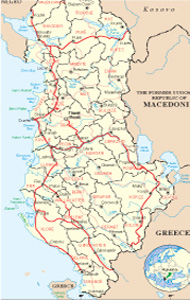




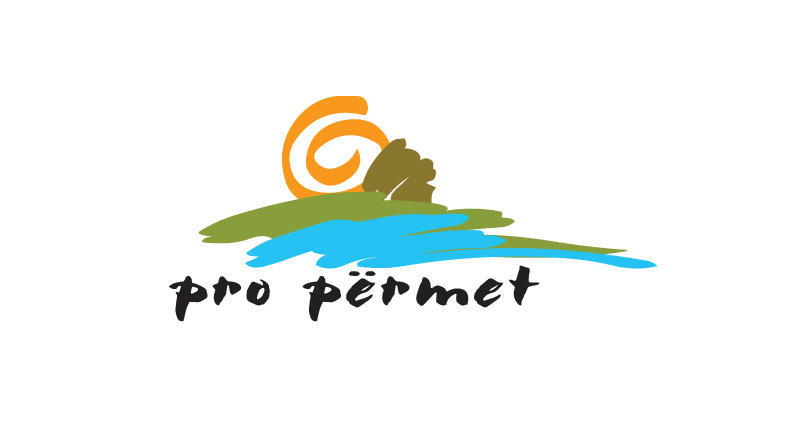
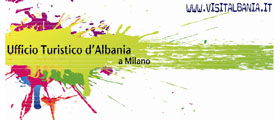
.jpg)
